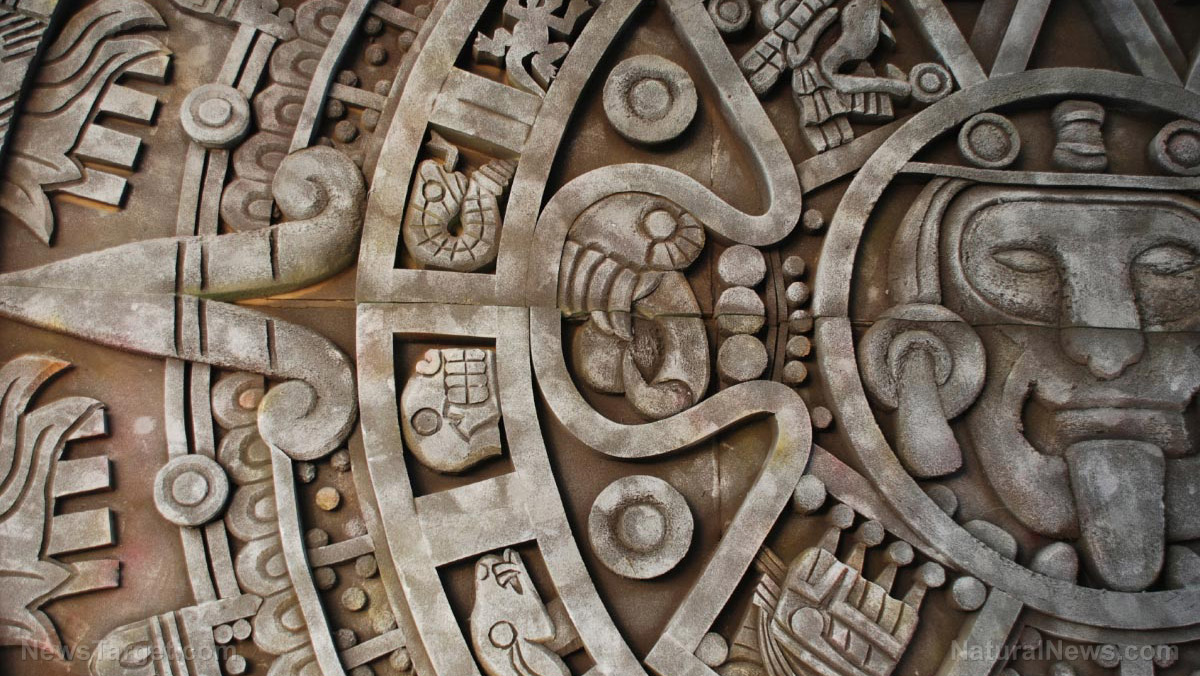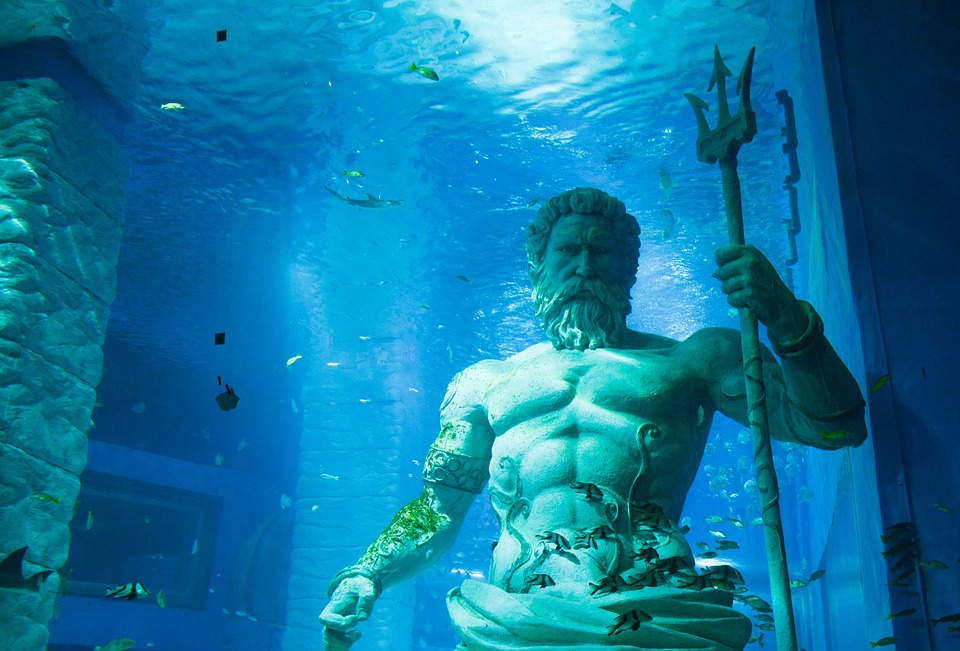
Findings reveal Mayan architectural marvels
The survey revealed "dense concentrations of new and previously unknown contemporaneous sites." These, alongside "massive platform and pyramid constructions," suggested the presence of a centralized and complex political structure. The findings include dozens of ball courts for playing Mesoamerican ballgames and an intricate water management system of canals and reservoirs. Hansen and his group also explored the remains of the 230-foot-tall pyramid of Danta, situated in the Mayan metropolis of El Mirador, which served as a major public attraction and the epicenter for many causeways. (Related: Archaeologists uncover remains of mysterious Mayan queen in underground pyramid in Guatemala.) There were 110 miles of navigable causeways – cleared, raised beds used as highways – which made it somewhat simple for residents of the civilization to journey to neighboring communities. The branching system of inter- and intra-site causeways, with the team described as a "crowning achievement," prevailed within the Mayan kingdom. It also suggested "intra-community connectivity and integration," according to the archaeologists. Moreover, their finding that most causeways were centered in El Mirador – the kingdom's biggest civilization – indicated an "administrative centralization." It also pointed toward the growth of political and economic systems under the guiding hand of an authority. Hansen and his group hope that future research will continue to unlock the secrets of this ancient civilization, and possibly find new settlements that have remained secret for several centuries. "The skeleton of the ancient political and economic structure as a kingdom-state in the Middle and Late Pre-classical periods has a tantalizing presence in the Mirador-Calakmul Karst Basin," the group concluded. Follow Discoveries.news for more on the latest archaeological discoveries. Watch this video discussing how archaeologists discovered the ancient Mayans' use of human remains to create balls for the Mesoamerican ritual ballgame. This video is from the Zoon Politikon channel on Brighteon.com.More related stories:
Archaeologists unlock even more secrets at the largest cathedral in the ancient world. Archaeologists discover ancient tombs filled with actual GIANTS... "unusually tall and strong" people once roamed the planet. Archaeologists unearth 2 trophy SKULLS in Belize jungles: Macabre artifacts will be used to study the collapse of the Maya civilization. Archaeologists uncover a dark chapter in Ancient Egyptian history: 60 Mummies found with evidence of GRUESOME deaths. Chicha, an ancient beverage similar to beer, could have kept an empire intact for a long time, suggest archaeologists. Sources include: VICE.com Cambridge.org InterestingEngineering.com TheNewsTribune.com Brighteon.comNew US research finds “worrying” evidence linking Monsanto weed killer to cancer
By News Editors // Share
Health Ranger Report: Randall Carlson and Mike Adams discuss the Younger Dryas comet impact theory
By Kevin Hughes // Share
Archaeologists discover possible ruins of Poseidon temple in Greece
By Kevin Hughes // Share
New offshore natural gas deposit discovered in Egypt
By Arsenio Toledo // Share
Study: Strength training for at least 30 to 60 minutes a week helps boost longevity
By Zoey Sky // Share
North Korea fires ballistic missile toward Japan after U.S. sanctions
By isabelle // Share
A resignation signals a new political era in New York
By willowt // Share
Americans feeling the strain as household debt and credit card obligations hit new highs
By ramontomeydw // Share
Trump floats joint U.S.-Russia-China denuclearization plan
By kevinhughes // Share











